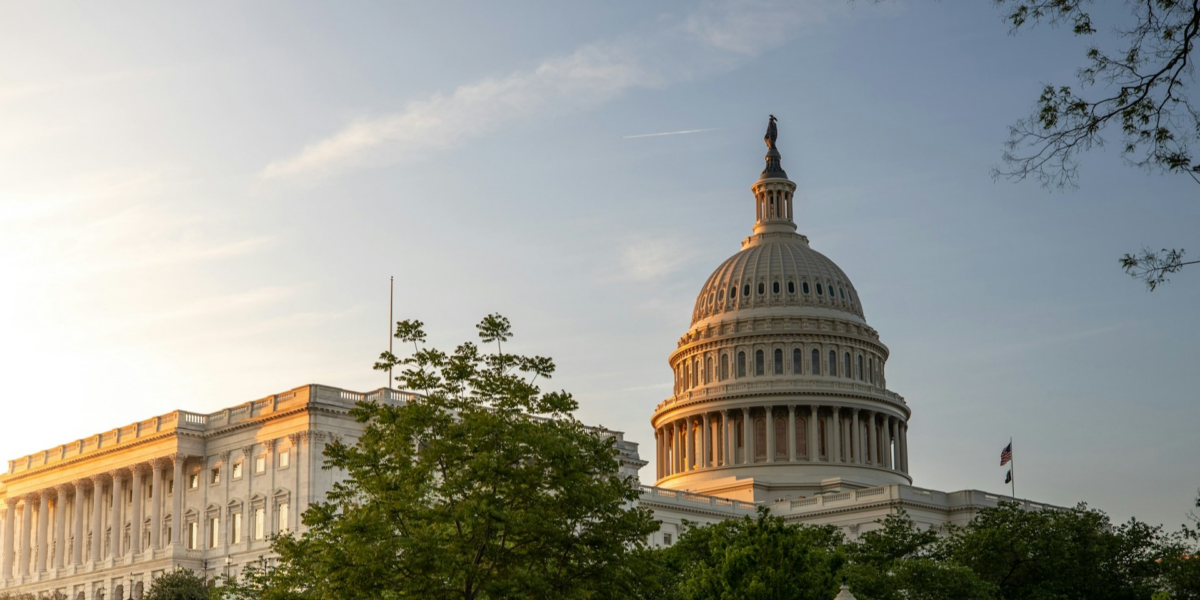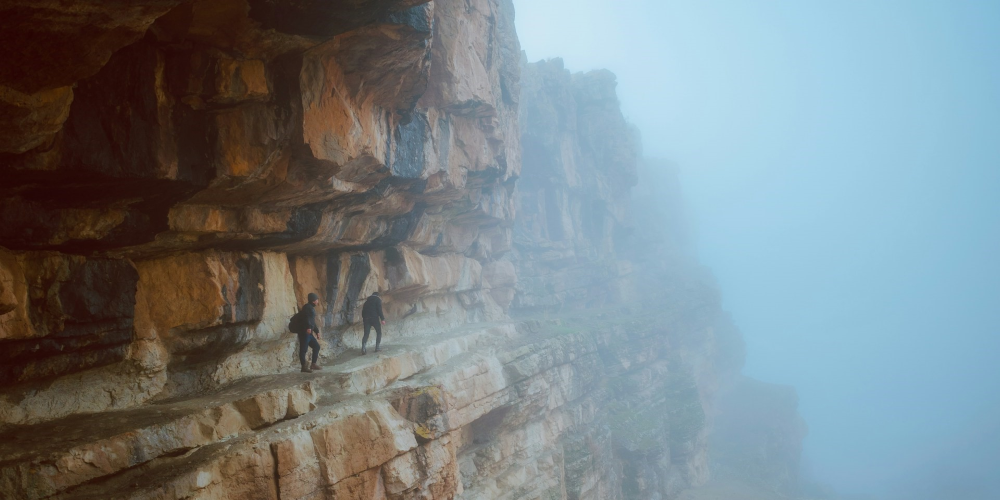The Significance of Debating Without Personalization
In the realm of discourse and debate, maintaining a respectful and constructive environment is paramount. The ability to engage in discussions without resorting to personal attacks is not only a hallmark of effective communication but also an essential skill for fostering understanding and collaboration. As individuals navigate various spheres of life, from professional settings to personal relationships, the importance of debating without getting too personal becomes increasingly evident.
The Art of Civil Discourse
Debating is a fundamental aspect of human interaction, serving as a vehicle for expressing diverse opinions, sharing perspectives, and arriving at informed decisions. However, the line between healthy debate and personal attacks can be thin, and it is crucial to navigate this terrain with finesse.
Preserving Respect in Disagreement
One of the primary reasons for avoiding personalization in debates is to preserve mutual respect. Engaging in respectful dialogue, even when opinions diverge, fosters an environment where individuals feel heard and valued. This approach contributes to a culture of open communication, where diverse viewpoints are considered rather than dismissed.
Encouraging Collaborative Solutions
Debates are often a precursor to problem-solving and decision-making. When individuals refrain from making debates personal, the focus remains on finding collaborative solutions rather than perpetuating animosity. Constructive debate, free from personal attacks, paves the way for innovation and effective decision-making in both professional and personal realms.
Contrarian Statement: The Pitfalls of Personalization
In the heat of a passionate debate, individuals may succumb to the temptation of personalizing their arguments. This can lead to a breakdown in communication, erode trust, and hinder the potential for finding common ground. While emotions may run high, the detriments of personalizing debates outweigh the momentary satisfaction of venting frustrations.
Navigating Debates with Emotional Intelligence
Separating Ideas from Identity
A key aspect of debating without getting too personal is the ability to separate ideas from personal identity. Constructive criticism directed towards ideas or opinions, rather than individuals, allows for a more objective discussion. This approach fosters an atmosphere where people are willing to challenge their own perspectives without feeling attacked.
Active Listening and Empathy
Debating without personalization involves active listening and empathy. Understanding the underlying motivations and concerns of others helps to bridge gaps in understanding. Acknowledging different experiences and viewpoints fosters an environment where diverse voices contribute to the richness of the discourse.
Constructive Feedback
Providing feedback is an integral part of any debate, but it should be approached with a constructive mindset. Framing feedback in a way that highlights areas for improvement without attacking the individual’s character encourages growth and learning. This, in turn, contributes to a culture of continuous improvement.
Upholding the Integrity of Debates
In conclusion, the importance of debating without getting too personal lies in upholding the integrity of discussions and fostering an environment conducive to growth and collaboration. Whether it’s debating ideas in a professional meeting, discussing policies in a community setting, or engaging in conversations with loved ones, the principles of civil discourse remain constant.
The ability to express opinions passionately while maintaining respect for others is a skill that transcends individual debates. It is a cornerstone of effective communication that contributes to the development of informed, inclusive, and empathetic societies. As individuals navigate the complexities of human interaction, the art of debating without personalization emerges as a powerful tool for building bridges, fostering understanding, and creating positive change.













